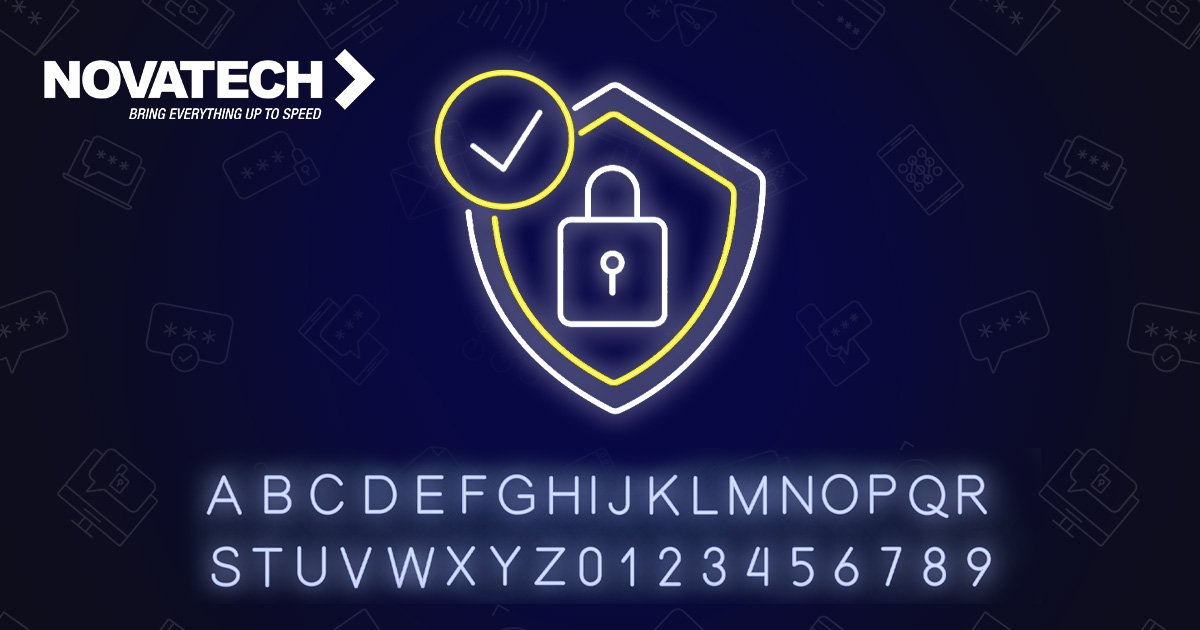The ABCs of Cybersecurity: Basic Rules for All-Around Protection
3 min read

Cybersecurity has become an absolute must in a world that is becoming more and more connected and where businesses of all kinds rely heavily on digital platforms and tools. To protect your business operations, customer data, and, ultimately, your image, you need to know the basics of cybersecurity. In this piece, we’ll look at the “ABCs of cybersecurity,” which stand for Authentication, Backups, and Continuous Monitoring. These three ideas cover the most important things you need to do to protect your company.
A: Authentication – Your first line of defense is authentication
Think of authentication as the bouncer at the door of your cyber club, making sure that only allowed people can get in. Authentication is the process of making sure that a person, machine, or system is who they say they are before they can access information or other systems. This step is your first line of defense against possible online attacks.
Simple password inputs are a good starting point for security, but stronger measures like multi-factor authentication (MFA) are becoming more common and necessary, especially for critical systems. MFA improves security by needing two or more independent credentials: something you know (like a password), something you have (like a physical token), and something you are (like a fingerprint or other biometric feature).
By adding MFA to your security measures, you can reduce the chance of unauthorized access by a large amount, even if a password gets stolen.
B: Backups are your safety net in case you lose data.
Even if you take all the right precautions, data can still be stolen, changed, or lost because of system failures, human mistakes, or cyberattacks. This is why you need backups, which are like a safety net in your protection plan.
Businesses can quickly fix problems with their systems and data if they regularly back up their data. They can be kept off-site or in the cloud in a safe way and run on a regular schedule. This makes it less likely that data will be lost because of damage to the main storage spot or a localized network attack.
Versioning (keeping multiple backup copies from different times), encryption (to keep data safe while in motion and at rest), and regular testing (to make sure the backups are valid and the recovery process works as planned) are all parts of a complete backup strategy.
C: Continuous Monitoring – The vigilant guard continuously tracks the network
Cyber threats are always changing. New threats, weaknesses, and ways to deal with them come up all the time. Your business can stay ahead of these constantly changing threats by keeping an eye on them all the time. This process includes scanning and reviewing your IT systems on a regular basis to look for any oddities, possible holes, or active threats.
Continuous monitoring can find strange behavior in real time so that possible threats can be dealt with right away. This could include automatic steps like blocking suspicious IP addresses or putting affected systems in a separate area, after which human workers would be notified to look into the problem further.
Continuous monitoring makes it more likely that breaches will be found early, which reduces the damage that could be done.
Putting the ABCs into practice
Authentication, Backups, and Continuous Monitoring (the “ABCs” of cybersecurity) are the most important parts of a good security plan. Each part is an important part of keeping your business safe from the many cyber risks out there. By knowing and applying these basic principles, organizations can build a strong cybersecurity framework that changes as their needs and the threats they face change.
Remember that hacking is not a one-time thing, but a process that goes on all the time. A full cybersecurity plan needs constant vigilance, regular system updates, regular staff training, and a culture of security that is deeply ingrained. By sticking to these basic rules, businesses can move through the digital world with more trust and better security.


